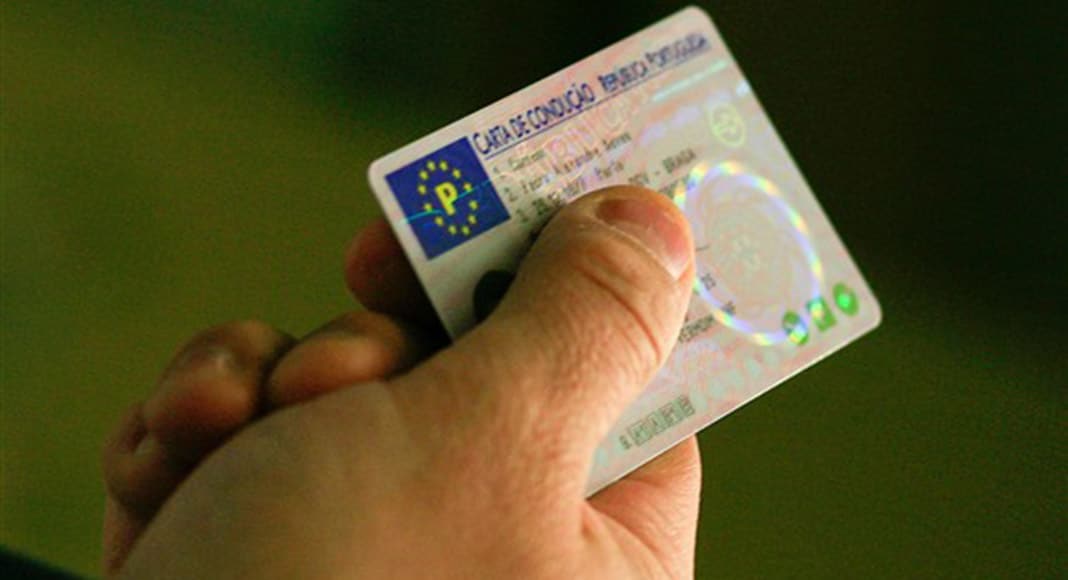Understanding the Driving License Process: A Comprehensive Guide
Navigating the process of obtaining a driving license can be a difficult experience for many individuals. Whether one is a first-time candidate or a seasoned chauffeur transferring to a brand-new state or nation, comprehending the steps associated with obtaining a driving license is vital. This article aims to illuminate the driving license process, outline the key steps included, and provide valuable insights along the way.
The Importance of a Driving License
A driving license is more than just a piece of plastic. It serves several critical functions, including:
- Proof of Identity: A driving license frequently serves as a main type of identification, beneficial for different circumstances such as travel and banking.
- Legal Authorization to Drive: A driving license verifies that an individual has passed the required tests to operate a vehicle safely.
- Compliance with the Law: Driving without a license is illegal in most jurisdictions, causing fines and legal repercussions.
- Insurance and Liability: Most insurance provider require a valid driving license to issue a policy, securing both the motorist and others on the roadway.
Steps Involved in Obtaining a Driving License
Obtaining a driving license usually includes several crucial steps. While the specifics may differ based on location, the following is a basic overview of the process:
1. Comprehending the Requirements
Before a specific begins the driving license application process, they must comprehend the requirements stated by their local Department of Motor Vehicles (DMV) or comparable authority. Typical requirements consist of:
- Minimum Age: Most regions need applicants to be at least 16 years old, though this can differ.
- Evidence of Identity: Identification documents such as a birth certificate or passport are typically required.
- Residency: Applicants need to typically reveal evidence of residency in the area where they are using.
2. Take a Driver Education Course (if needed)
In numerous places, specifically for teens, a motorist education course is required. These courses generally consist of both classroom direction and behind-the-wheel training, covering:
- Driving laws and regulations
- Safe driving practices
- Defensive driving techniques
Conclusion of such a program may be necessary before requesting a learner's permit or a full driving license.
3. Get a Learner's Permit
Most jurisdictions require brand-new chauffeurs to first get a learner's license. This authorization enables individuals to practice driving under certain conditions, typically with a licensed adult in the passenger seat.
To obtain a learner's license, applicants generally require to:
- Pass a written understanding test covering traffic laws and indications.
- Offer the required documents, such as evidence of identity, residency, and conclusion of a chauffeur education course (if applicable).
4. Practice Driving
As soon as the student's permit is obtained, the candidate can begin practicing driving. States might have particular requirements, such as:
- Minimum variety of practice hours (e.g., 50 hours with 10 hours at night).
- Adhering to limitations on driving alone or during certain times.
5. Schedule and Take the Driving Test
After satisfying the practice requirements, the next action is to arrange and take the driving skills test. The driving test examines both knowledge and practical skills in real-world driving situations, including:
- Parallel parking
- Lane changes
- Complying with traffic signs and signals
- Dealing with crossways and highway driving
6. Pay the Fees
When the driving test is successfully completed, applicants will typically need to pay an associated fee to get their driving license. The charge differs by location and might cover the cost of photo-taking, processing, and issuance.
7. Get the Driving License
After completing all the above steps and paying the required charges, applicants will get their driving license. In many cases, they will be provided a momentary license while awaiting the official card to arrive by mail.
Tips for a Smooth Licensing Process
To guarantee a smooth and effective driving license application process, potential motorists should consider the following tips:
- Prepare for the Written Test: Study your area's driver handbook and take practice tests available online.
- Practice Driving with a Licensed Adult: Gain as much real-world experience as possible before the driving test.
- Be Punctual: Arrive early for your driving test to relieve stress.
- Stay Calm During the Test: Remember that the trainer is there to evaluate your driving abilities objectively.
Frequently Asked Questions (FAQs)
1. How long does it require to get a driving license?
The timeline can differ widely depending on the place and the applicant's readiness. Usually, from beginning the application process to receiving the license can take anywhere from a few weeks to a couple of months.
2. What documents do I need to make an application for a driving license?
Common documents needed consist of:
- Proof of identity (birth certificate or passport)
- Social Security number (if appropriate)
- Proof of residency (energy costs or lease agreement)
3. Can I acquire a driving license if I have a criminal record?
It depends on the nature of the offense and the laws in your jurisdiction. Recommended Online site 's a good idea to contact the local DMV to comprehend any limitations based upon criminal history.
4. Do I require to take a composed test if I have experience driving in another state or country?
Generally, people with a valid driving license from another region may not need to take the written or driving tests. Nevertheless, documents and verification might be needed.
5. How can I prepare for the driving test?
Practicing driving under numerous conditions, reviewing road signs, and taking mock tests can substantially help in preparation for the driving abilities test.
The driving license process is a necessary rite of passage for numerous individuals, offering the freedom and obligation of driving a vehicle. By comprehending the steps included, preparing effectively, and following local guidelines, aspiring motorists can browse the journey to getting their driving license with self-confidence.

